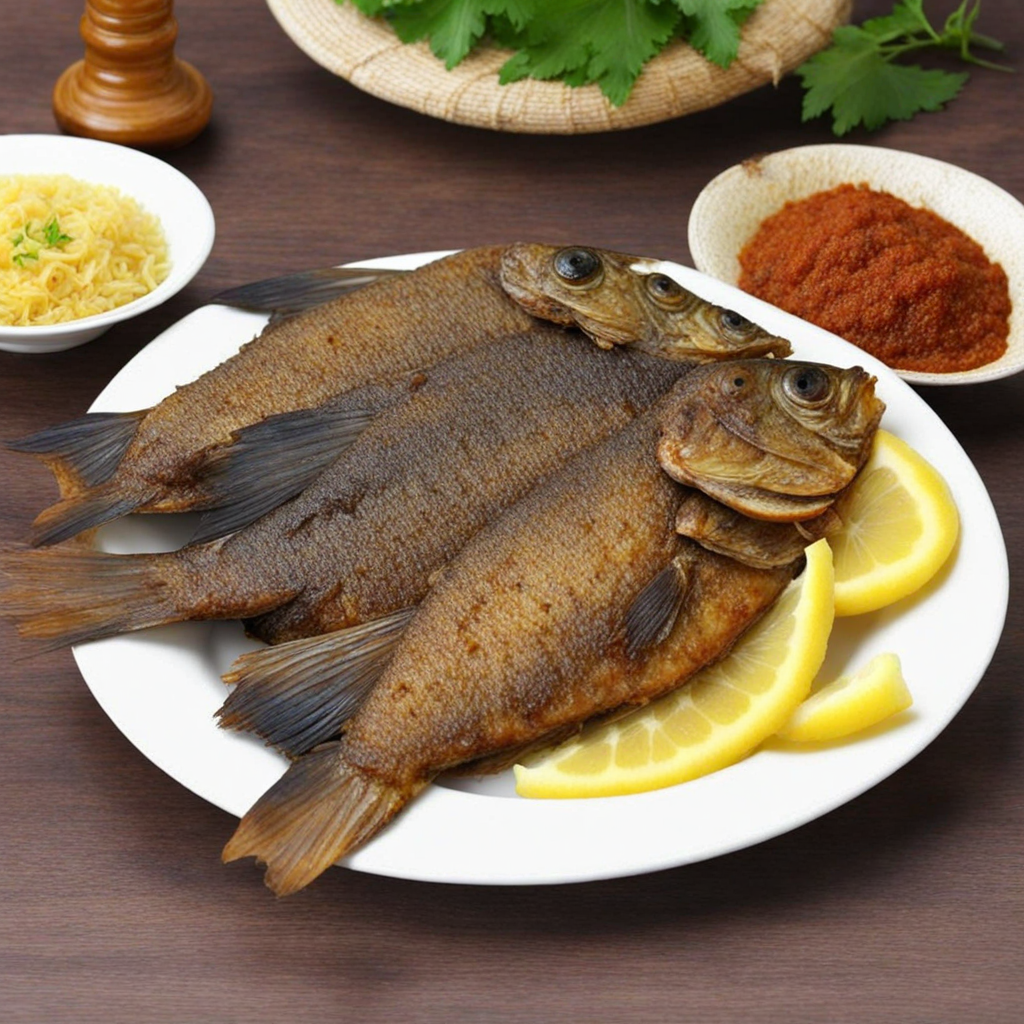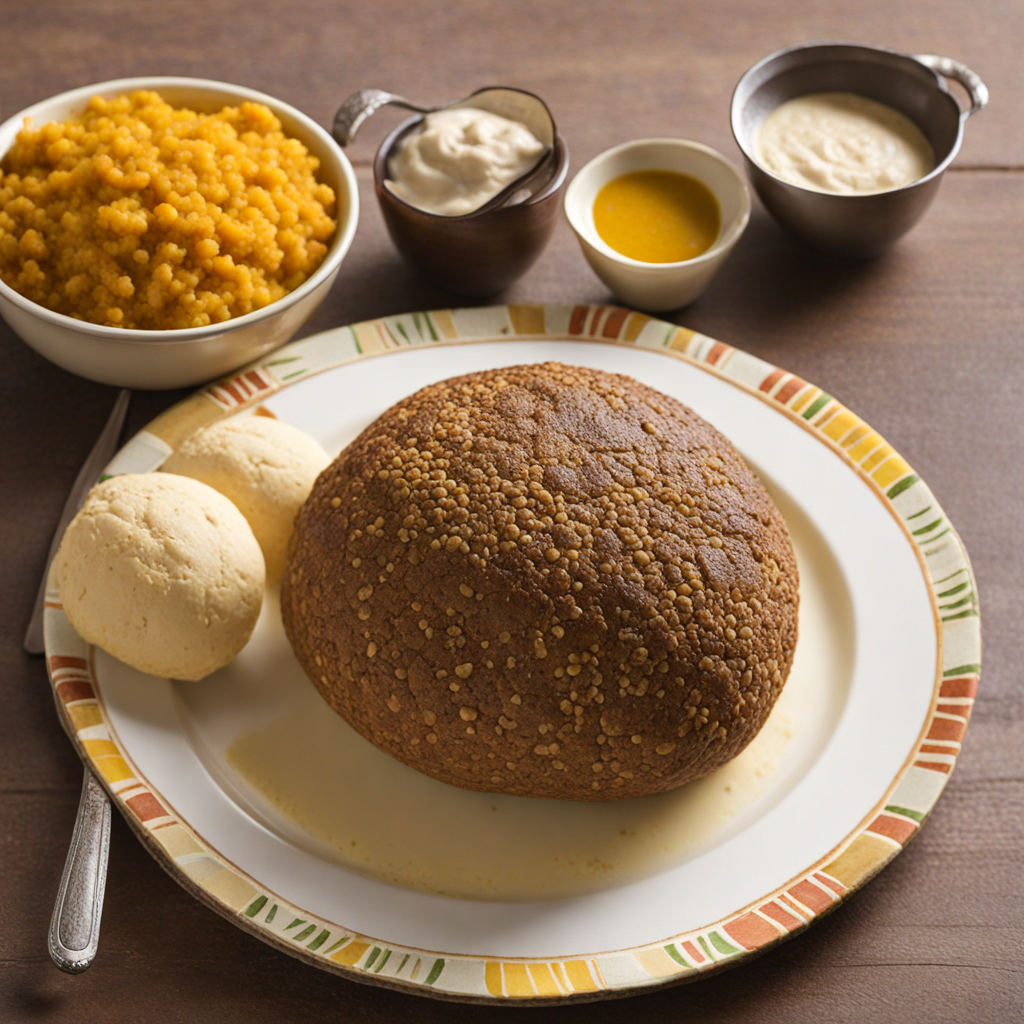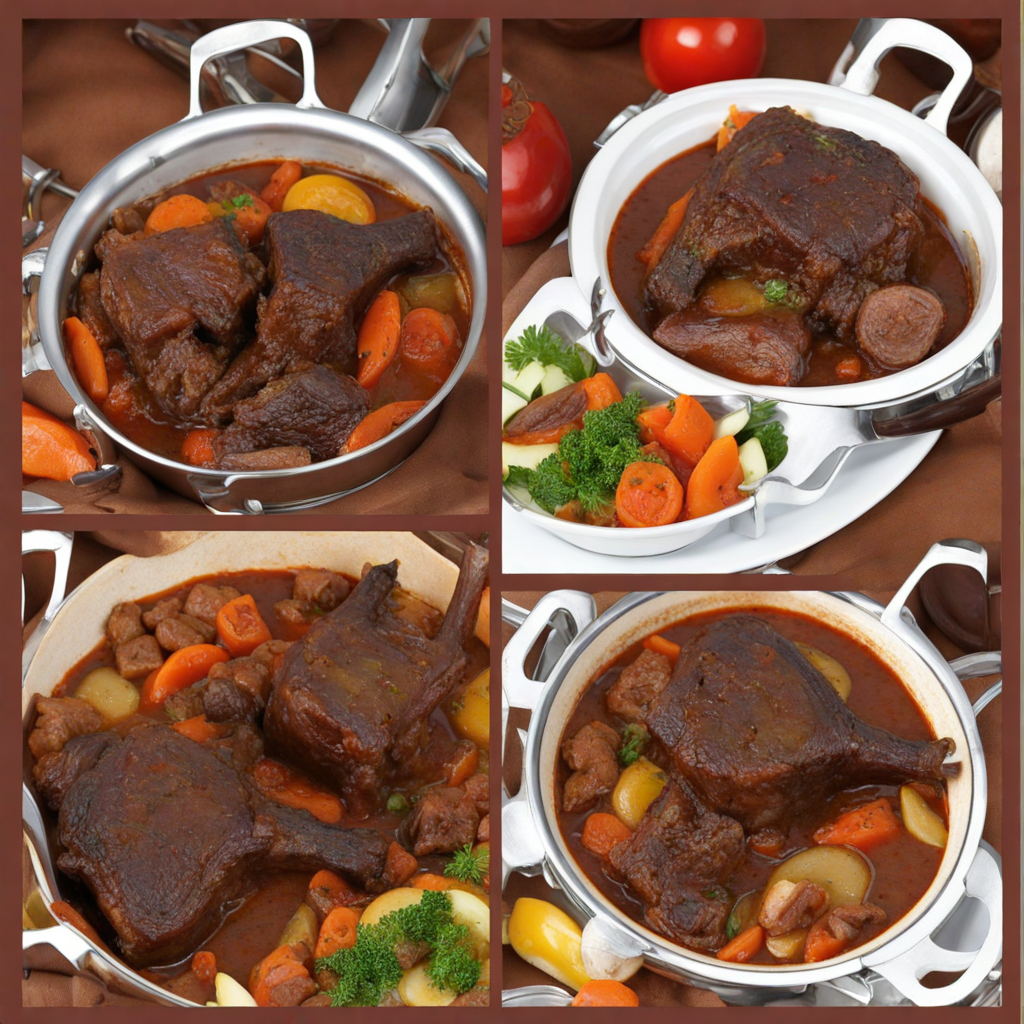Fried Fish
Fried Fish, a beloved dish in Chad, showcases the country's rich aquatic resources, particularly from Lake Chad. The fish is typically fresh and can be sourced from local waters, often featuring varieties like tilapia or catfish. The preparation begins with cleaning and marinating the fish in a blend of spices, including garlic, onion, and a touch of chili for a kick. The marinated fish is then coated in a light dusting of cornmeal or flour, which adds a delightful crunch when fried. This dish beautifully captures the essence of Chad’s culinary traditions, combining simple ingredients to create a flavorful experience. Once fried to a perfect golden brown, the fish is not only visually appealing but also offers a satisfying crunch with each bite. The exterior is crispy while the inside remains tender and juicy, allowing the natural flavors of the fish to shine through. It is often served with a side of spicy sauce made from tomatoes and peppers, which complements the dish's richness and adds an extra layer of flavor. The balance of spices and the freshness of the fish create an unforgettable taste that reflects the heart of Chadian cuisine. Fried Fish is commonly enjoyed as a communal dish, often shared among family and friends during gatherings or special occasions. It is typically accompanied by a side of fried plantains or a refreshing salad, making it a wholesome meal. The experience of eating Fried Fish transcends mere sustenance; it is a celebration of culture, community, and the vibrant flavors that define Chad’s culinary landscape. Each bite is a journey into the heart of this beautiful country, offering a taste of tradition that is both satisfying and memorable.
How It Became This Dish
The Culinary Journey of سمك مقلي (Fried Fish) in Chad #### Origins سمك مقلي, or fried fish, holds a prominent place in the culinary landscape of Chad, a landlocked country in Central Africa known for its diverse ethnic groups and rich cultural heritage. The dish, which consists of seasoned fish that is deep-fried to golden perfection, is closely tied to the aquatic resources available in Chad, particularly from the Lake Chad basin. Historically, fishing has been a vital activity for the communities residing around the lake, which is one of the largest in Africa, providing sustenance and economic livelihood. The origins of سمك مقلي can be traced back to the indigenous cultures of Chad who have fished in Lake Chad for centuries. The lake, once a vast expanse of water, supported a variety of fish species, including tilapia and catfish. These fish became staples in the diets of local communities, and the practice of frying fish likely developed as a means of preservation and flavor enhancement, ensuring that the catch could be enjoyed long after it was caught. #### Ingredients and Preparation The preparation of سمك مقلي is relatively straightforward, yet it reflects the local ingredients and culinary techniques that have evolved over time. Fresh fish is typically cleaned, seasoned with a blend of spices such as garlic, chili, and local herbs, and then coated in flour or cornmeal before being fried in hot oil. This method not only enhances the flavor but also creates a satisfying, crispy texture that is a delight to the senses. In Chad, the choice of fish may vary depending on availability and regional preferences. While tilapia is widely used, other local varieties may also be employed, reflecting the diverse aquatic ecosystem of the region. The frying of fish has also seen adaptations to include accompanying sauces, often made from tomatoes, onions, and peppers, which add complexity to the dish and enhance its appeal. #### Cultural Significance The significance of سمك مقلي extends beyond mere sustenance; it is intertwined with the social and cultural fabric of Chadian society. As a dish, it is commonly shared among family and friends, symbolizing hospitality and community. In many Chadian households, fried fish is often served with a side of rice or a traditional grain dish, making it a fulfilling meal that brings people together. Fried fish is also an important element of celebrations and gatherings. During festive occasions, such as weddings and religious holidays, سمك مقلي is often featured prominently on banquet tables, showcasing the abundance of local resources and the culinary skills of the community. The dish serves as a reminder of the connection between the people and their environment, celebrating the bounty of Lake Chad and the traditional fishing practices that have been passed down through generations. Moreover, سمك مقلي has transcended regional boundaries within Chad, with different ethnic groups adding their unique touches to the dish. The Kanembu, for instance, may prepare it with a specific blend of spices that reflect their cultural heritage, while the Sara people might serve it with a distinct sauce that highlights their local ingredients. This diversity enriches the culinary landscape of Chad and fosters a sense of unity amidst diversity. #### Development Over Time As Chad has evolved, so too has the preparation and presentation of سمك مقلي. The globalization of food culture has introduced new cooking methods and ingredients, leading to fusion variations that appeal to younger generations and urban dwellers. In cities like N'Djamena, the capital, street vendors offer fried fish alongside modern accompaniments, such as French fries or salads, catering to a more diverse palate while still honoring traditional flavors. The development of سمك مقلي has also been influenced by economic factors. With the challenges posed by climate change, overfishing, and environmental degradation, the fish populations in Lake Chad have fluctuated, impacting the availability and price of fresh fish. As a result, some communities have turned to aquaculture and sustainable fishing practices to ensure a steady supply of fish for this beloved dish. This shift not only supports local economies but also promotes environmental stewardship among the fishing communities. Furthermore, the rise of culinary tourism in Chad has placed a spotlight on traditional dishes like سمك مقلي, encouraging chefs and home cooks to explore and innovate within their culinary practices. Food festivals and cultural events often feature fried fish as a highlight, drawing attention to its importance in Chadian cuisine and fostering a sense of pride among local chefs and home cooks. #### Conclusion In conclusion, سمك مقلي is more than just a dish; it is a cultural artifact that encapsulates the history, traditions, and social dynamics of the Chadian people. From its origins rooted in the rich waters of Lake Chad to its modern interpretations that reflect global influences, fried fish continues to be a cherished culinary staple that unites communities and celebrates local heritage. As Chad navigates the challenges of the modern world, the enduring appeal of سمك مقلي serves as a testament to the resilience and adaptability of its people, ensuring that this delicious dish remains a vital part of Chad’s culinary identity for generations to come.
You may like
Discover local flavors from Chad







